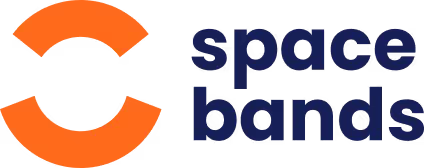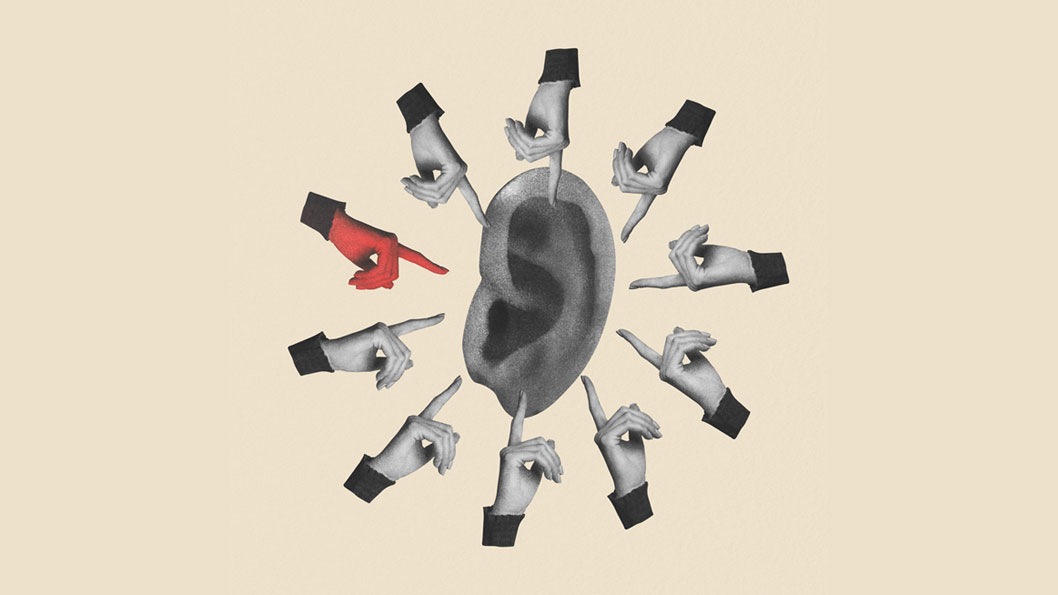
spacebands is a multi-sensor wearable that monitors external, environmental hazards, anticipates potential accidents, and gives real-time data on stress in hazardous environments.
Sign up to the mailing list:
Subscribe


Noise is one of the most common workplace hazards—and one of the most overlooked. Prolonged exposure to high noise levels can cause permanent hearing loss, tinnitus, and even create safety risks if alarms or warnings can’t be heard.
Under the Control of Noise at Work Regulations 2005, employers have a legal duty to:
This guide explains how to calculate daily noise exposure (Lep,d), how to use the HSE’s noise calculator, and what to do if exposure limits are breached.
Hearing loss from workplace noise is gradual and irreversible. Even moderate noise over long periods can cause damage. By calculating noise exposure, you can:
The HSE sets strict Exposure Action Values (EAVs) and Exposure Limit Values (ELVs):
Before calculating, you need to understand the terminology:
The formal method uses this formula:

Where:
The HSE’s free noise calculator converts dB(A) levels into exposure points:

Just add up the points for all tasks in a day.
This makes it easier than the crazy formula that only mathematicians understand, but you still have to input the exposure levels into a calculator and record the results. When quite often the results won't be accurate because they will have been filled out by a worker ten minutes before being handed to you.
What is accurate, and a whole lot easier, is spacebands noise monitoring wearable solution, which records noise exposure throughout a workers shift, calculates how many points the exposure is equivalent to and warns you when they are approaching an UEAV or UELV.
A worker’s daily tasks:

Total: ~183 points → ~86 dB(A) Lep,d.
This exceeds the Upper EAV (85 dB(A)), so action is required.
✔ 80 dB(A): Provide hearing protection and training.
✔ 85 dB(A): Implement noise control measures and enforce hearing protection.
✔ 87 dB(A): Must not be exceeded, even with hearing protection.
The HSE offers a free Noise Exposure Calculator to help you calculate Lep,d.
At spacebands, we’re taking this further—our wearable devices feature real-time noise monitoring, alerting workers and managers when approaching dangerous exposure levels.
You can use manufacturer data or HSE’s noise database as a reference, but for accuracy, a sound level meter or dosimeter is best.
Even moderate noise over 80 dB(A) can cause long-term damage with daily exposure. Short bursts above 120 dB(C) can cause instant harm.
Hearing protection reduces effective exposure, but the ELV (87 dB(A)) includes hearing protection—so you can’t rely on PPE alone.
No, but the HSE noise calculator uses a similar points method specifically designed for dB(A) exposure.
The Upper Exposure Action Value (UEAV) is 85 dB(A) Lep,d – at this level, employers must reduce noise, provide and enforce hearing protection, and carry out health surveillance.
The Upper Exposure Limit Value (UELV) is 87 dB(A) Lep,d (including hearing protection) – this is the legal maximum, and exposure must not be exceeded under any circumstances.
We think you'll also find the articles below really useful
Join 5,000 H&S professionals and sign up for the spacebands monthly newsletter and get the latest blogs, free resources, tools, widgets and a dose of health & safety humour.

spacebands is a multi-sensor wearable that monitors external, environmental hazards, anticipates potential accidents, and gives real-time data on stress in hazardous environments.
